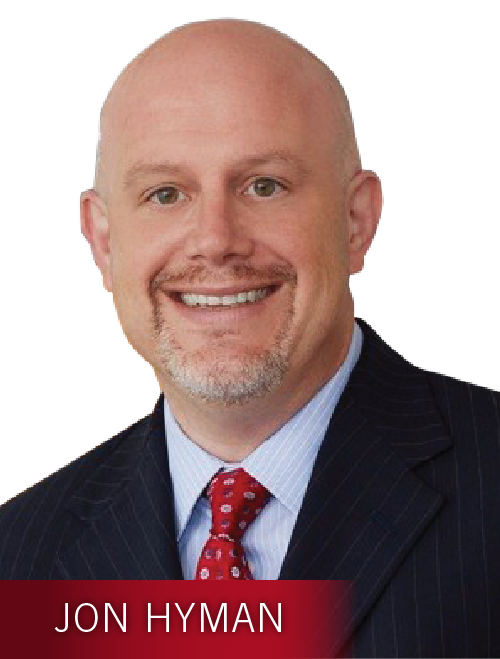With the presidential election quickly approaching, the International Foundation of Employee Benefit Plans surveyed 486 human resource and benefits professionals on the campaign issues impacting benefits — that is, issues that have been mentioned on either of the presidential platforms.
I spoke with Julie Stich, associate vice president of content at the organization, about the noteworthy findings in the survey, which spanned from large and small companies, both public and private, across industries.
[Workplace Issues in the Presidential Debate: Did I Miss It?]
Stich also noted that there’s so much uncertainty around this election, it’s difficult to make a good prediction about which benefits could go forward. Also, we don’t know what the majority of Congress will be, and employee benefits haven’t been at the forefront of any of the debates. That being said, certain benefits or benefit reforms are popular on the bipartisan level.
- 96 percent of participants support increased health care provider price transparency.
- 84 percent support increased access to mental health care.
- 76 percent oppose the Cadillac tax.
- 75 percent support tax-exclusions for child-care expenses.
- 68 percent support legalized prescription drug importation from other countries.
“So many employers as well as workers are frustrated that they just don’t know what a particular procedure is going to cost, or how much they’ll get billed after the fact,” said Stich. “It’s not surprising that we saw such strong support.”
Issues like mandated paid family leave and increased minimum wage were less agreed on. The minimum wage argument wasn’t shocking, but that only 53.3 percent of these survey participants supported paid family leave surprised me. As much as I’ve noticed the big presence of paid family leave throughout research and interviews in the past few months, and even though both Hillary Clinton and Donald Trump have proposed (albeit, very different) paid leave plans, support was still pretty much split in this survey.
[Clinton Vs. Trump: The Workplace Winner Is…]
Something else I found interesting. Of course, health care issues are big, and employers continue to support things like continuing to have the elimination of pre-existing conditions exclusion, or getting rid of the Cadillac tax, or even covering adult dependents up to the age of 26.

“When that provision first came out in the law, there was a lot of grumbling in the employer community about it, but it’s turned out to be a provision that employers as well as workers have embraced,” said Stich.
So, I wonder: What current controversial health care related benefits will be embraced in the future? Is it something stirring up controversy in this election cycle? Just a thought.
Finally, I want to briefly mention the high support of increased mental health care.
“We’re hearing more and more about the struggles that individuals with mental health distress are facing, and being able to have access to care that is affordable is critical to their wellbeing,” said Stich. “And not just their own, but family members and those who support them. And even in the workplace, if you have a co-worker suffering from mental distress, that can be challenging in how people get along, how they work together, productivity.”
It’s encouraging that employers are seeing the importance of providing mental health benefits at the same level as they provide other types of health benefits, she added and I agree wholeheartedly.
Andie Burjek is a Workforce associate editor. Comment below or email at aburjek@humancapitalmedia.com. Follow Workforce on Twitter at @workforcenews.













